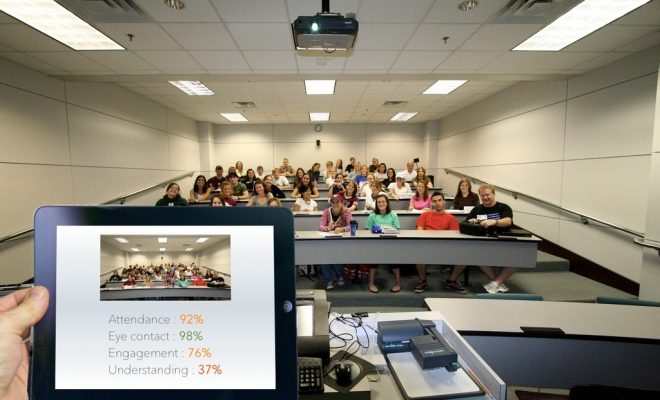Are you looking for techniques to motivate students to work effectively in a group setting? If so, keep reading.
1. Give the learner alternative ways to perform a group task and let the learner select the most desirable (e.g., a written paragraph task may be accomplished by writing a note to a friend, writing about a recent experience, describing a favorite pastime, etc.).
2. Let the learner take part in one cooperative learning experience they prefer. Make the learner take part in more group learning activities as they experience success.
3. Plan group learning activities when the learner is most likely to be successful (e.g., before recess rather than immediately after recess, after the first individual task of the day has been finished to create productive behavior, etc.).
4. Plan alternative individual learning activities if the learner is unlikely to be successful (e.g., if the schedule has been changed, if holidays or special activities have stimulated the learner and make successful group interaction unlikely, etc.).
5. Assess the appropriateness of the designated task to ascertain (a) if the task is too easy, (b) if the task is too complicated, and (c) if the duration of time scheduled is sufficient.
6. Place the learner’s desk or work area, so they work near other students but are not visually distracted by them (e.g., turn the learner’s desk away from other students, etc.).
7. Let the learner leave a cooperative learning experience and return to independent work when they can no longer be successful in the cooperative learning experience (e.g., as an alternative to disrupting the group, fighting, etc.).
8. Take into account the learner’s age and experience before expecting them to get along in a group.
9. Intervene early and often when there is a problem to prevent more severe problems from happening.
10. Do not force the learner to interact with people with whom they are not entirely comfortable.
11. Teach the learner acceptable ways to express displeasure, anger, frustration, etc.
12. Teach the learner to think before acting (e.g., they should ask themselves, “What is happening?” “What am I doing?” “What should I do?” “What will be best for me?”).
13. Urge the learner to use problem-solving skills: (a) find the problem, (b) find goals and objectives, (c) create strategies, (d) create a plan for action, (e) carry out the plan.
14. Let the learner voice their opinion in a situation to avoid becoming angry or upset.
15. Converse with the learner about ways of handling situations successfully without conflict (e.g., walk away from the situation, change to another learning experience, ask for help, etc.).
16. Praise the learner for talking an appropriate duration of time and at appropriate times in the classroom: (a) give the learner a concrete reward (e.g., privileges such as leading the line, handing out learning materials, 10 minutes of free time, etc.) or (b) give the learner an informal reward (e.g., praise, handshake, smile, etc.).
17. Talk with the learner to explain(a) what they are doing wrong (e.g., talking more than is appropriate or at unacceptable times) and (b) what they must be doing (e.g., keeping remarks brief, waiting until it is appropriate to speak, thinking of remarks that relate to the situation, etc.).
18. Praise those students in the classroom who make their remarks brief or speak at appropriate times.
19. Praise the learner for making appropriate remarks or speaking at an appropriate time based on the duration of time they can be successful. As the learner shows success, slowly increase the duration of time required for reinforcement.
20. Make sure that reinforcement is not provided for unacceptable behavior(e.g., talking beyond what is required or at unacceptable times).
21. Consider using a classroom management app. Click here to view a list of apps that we recommend.
22. Consider using an adaptive behavior management app. Click here to view a list of apps that we recommend.
23. Consider using Alexa to help the student learn to behave appropriately. Click here to read an article that we wrote on the subject.
24. Click here to learn about six bonus strategies for challenging problem behaviors and mastering classroom management.

